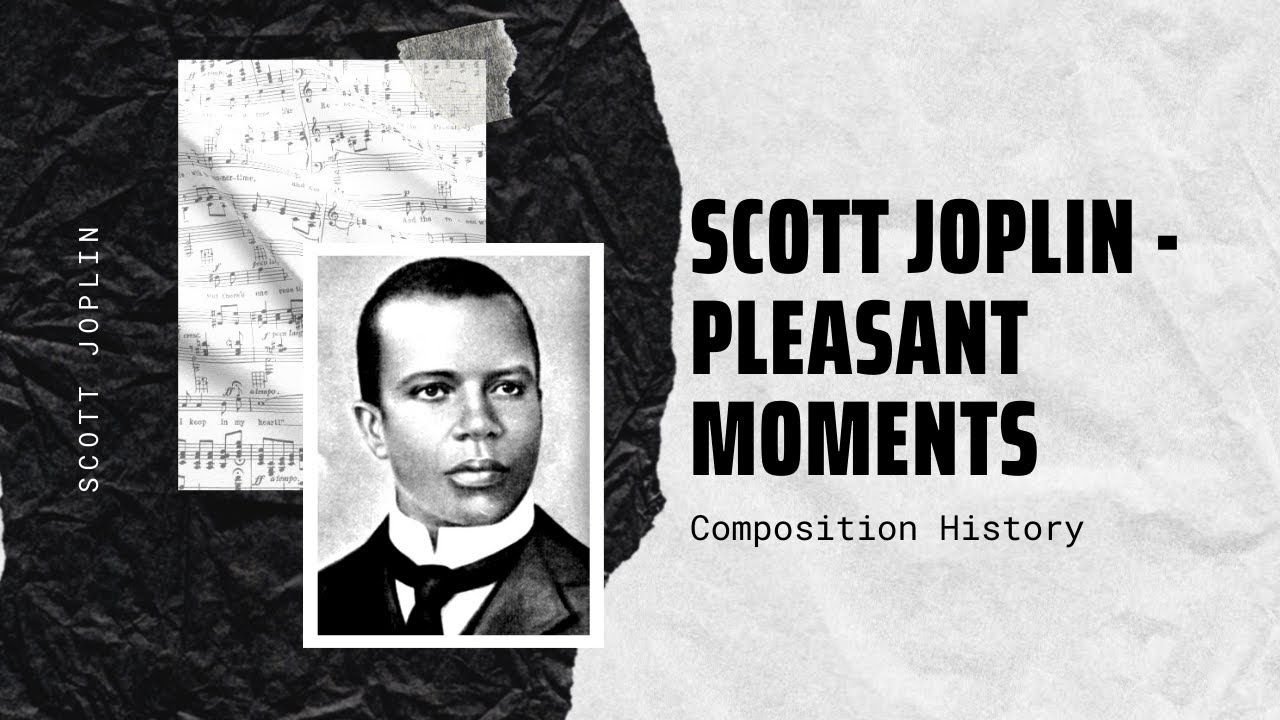
Bach – Fantasia and Fugue in A minor BWV 944
Johann Sebastian Bach (31 March [O.S. 21 March] 1685 – 28 July 1750) was a German composer and musician of the Baroque period. He is[…]

Scott Joplin – Pleasant Moments
Love classical music? Learn to play the best PIANO pieces the easiest way: http://tinyurl.com/classic-flowkey Scott Joplin (November 24, 1868 – April 1, 1917) was an American[…]

Debussy – Danse sacrée et danse profane – 2 Danse Profane
Claude Debussy (French: [aʃil klod dəbysi]; 22 August 1862 – 25 March 1918) was a French composer. He is sometimes seen as the first Impressionist[…]

Rachmaninoff – Prélude Op. 23 No. 4
Ten Preludes, Op. 23, is a set of ten preludes for solo piano, composed by Sergei Rachmaninoff in 1901 and 1903. This set includes the[…]

Liszt – La Lugubre Gondola S 200
Its genesis is well documented in letters from which we know that Liszt was Richard Wagner’s guest in the Palazzo Vendramin on the Grand Canal[…]

Mozart – Flute Quartet in D major K 285
The Flute Quartet No. 1 in D major, K. 285, by Wolfgang Amadeus Mozart for flute, violin, viola, and cello, the first of three quartets[…]

Beethoven – Polonaise in C Op 89 – Alla polacca vivace
The Polonaise in C major, Op. 89, by Ludwig van Beethoven is a polonaise for solo piano, published in 1815. He composed it in December[…]

Beethoven – Cello Sonata No. 4 in C Op. 102 No. 1
Ludwig van Beethoven; baptised 17 December 1770 – 26 March 1827) was a German composer and pianist; his music is amongst the most performed of[…]

Leroy Anderson – The Syncopated Clock
Leroy Anderson (/ləˈrɔɪ/ lə-ROY); (June 29, 1908 – May 18, 1975) was an American composer of short, light concert pieces, of which many were introduced[…]

Bach – Awake calls the voice to us BWV 140
Wachet auf, ruft uns die Stimme (‘Awake, calls the voice to us’), BWV 140, also known as Sleepers Wake, is a church cantata by Johann[…]